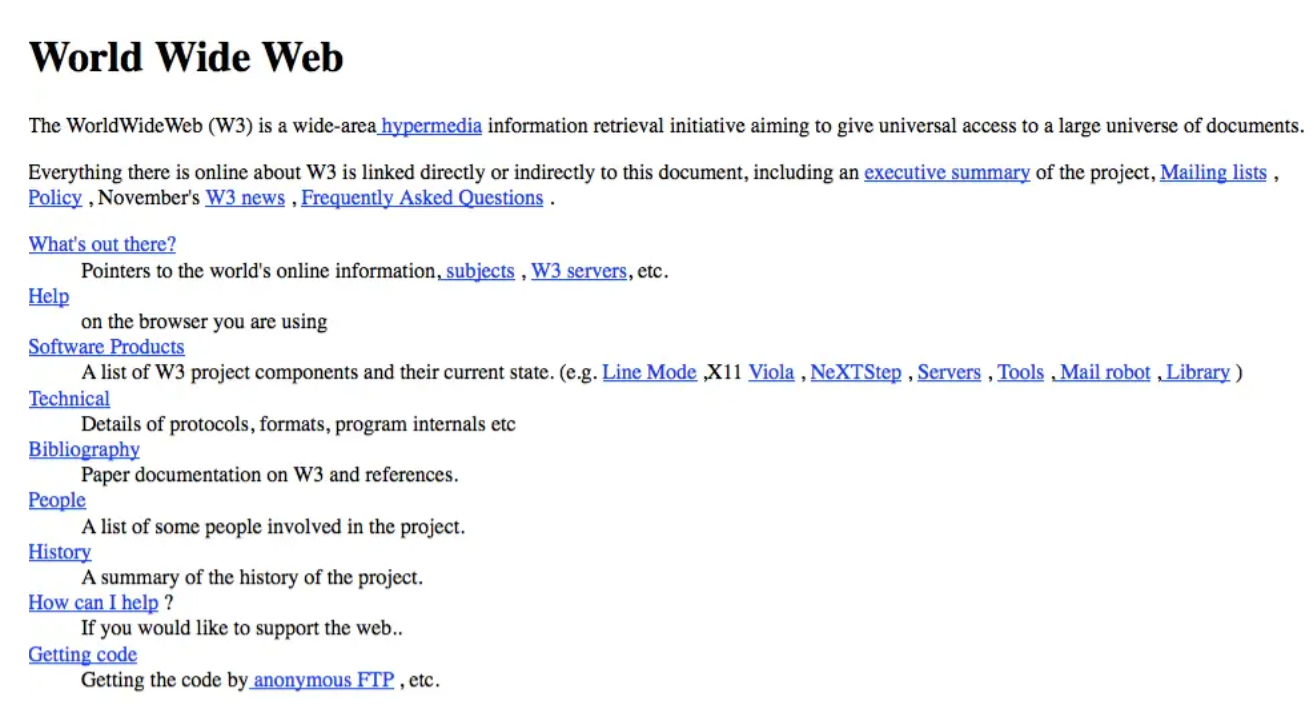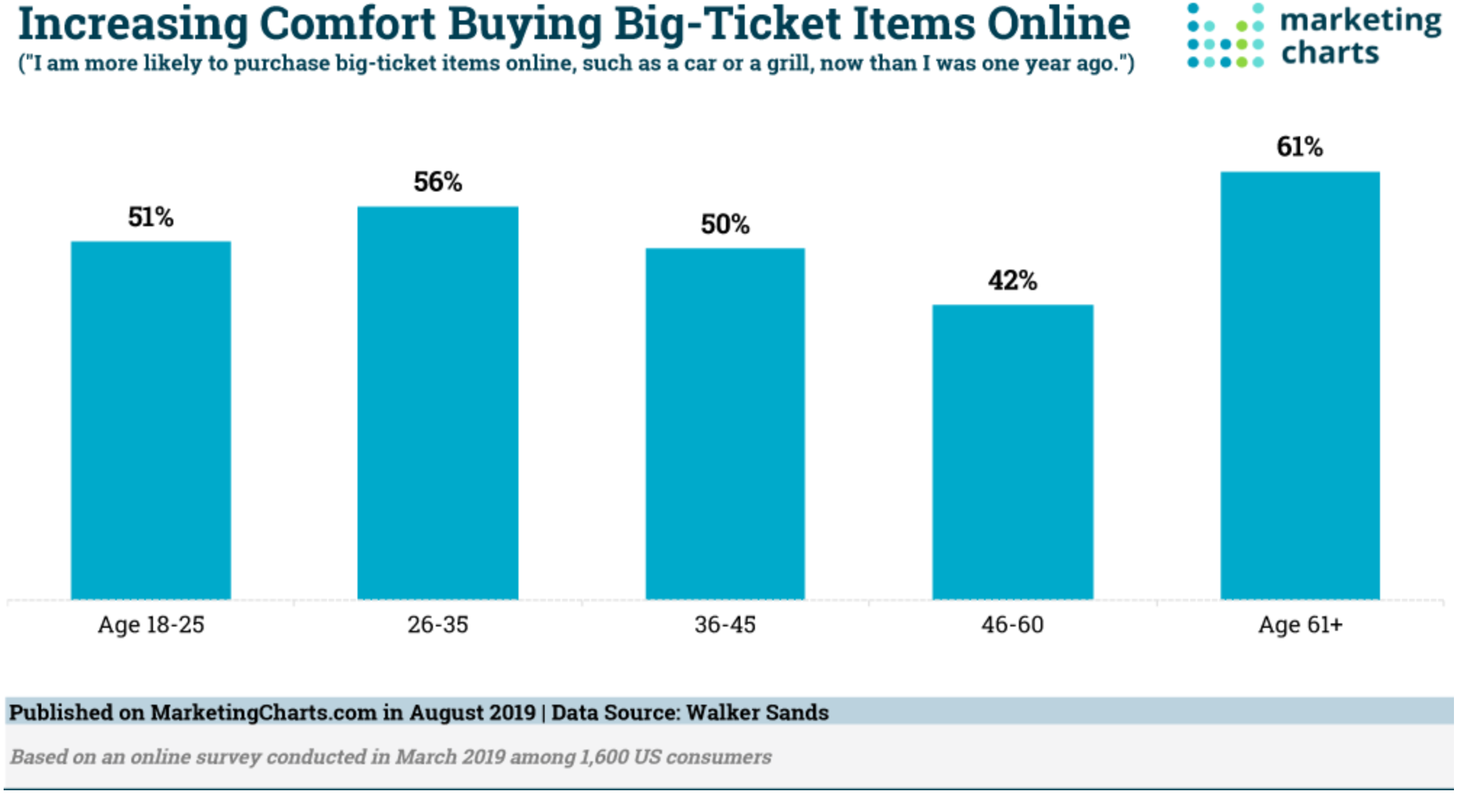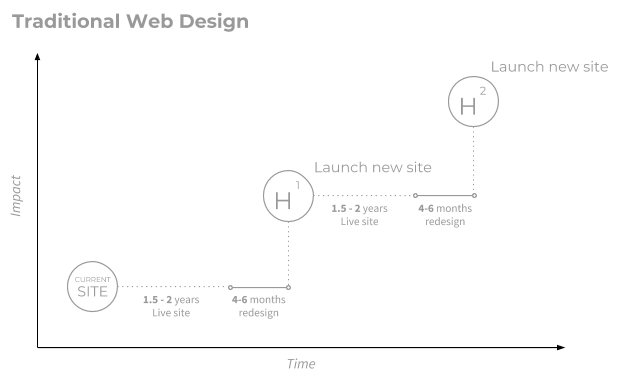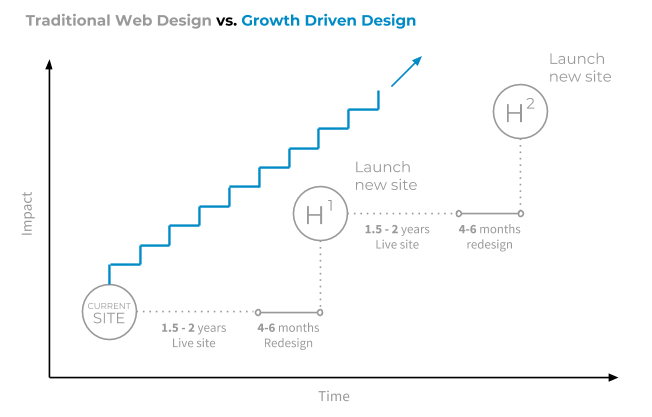The Evolution of Website Development

WEBSITE HISTORY
Websites have come a long way since the beginning. While the beginning of the Internet can be traced back to the 1950’s, the World Wide Web was originally proposed by Tim Berners-Lee in 1989. Two years later, on August 6, 1991, his very first web page went live. It outlined how to create web pages and explained hypertext. The image below shows what it looked like in 1992 – a simple, static webpage with no pictures and basic font. You don’t see that very much anymore.

Today there are more than 2 billion websites, and by the time you finish reading this article there will be thousands more. It’s estimated that there are 547,200 new websites added to the World Wide Web every day. Although, only about 400 million of those sites are actively in use.
TYPES OF WEBSITES
There are lots of different kinds of websites, but the four most common are static, dynamic, content management system (CMS)-built and eCommerce.
Static websites, like the image above, are simple, non-editable web pages that don’t have user interaction. This type of website isn’t used much anymore as website technology and website purposes have advanced.
Dynamic websites were the next step in website development. They allow editable content and user interaction. The majority of active websites today rely on dynamic content.
A content management system is a set of web-based tools that allow for the creation and modification of digital content. CMS-built websites allow users with no programming background to add and remove website pages, text, pictures and more. WordPress, one of the CMS platforms we use, is the most used CMS platform. It accounts for about 34% of all websites.
eCommerce sites exist to sell goods and services digitally. They incorporate a payment gateway like PayPal, Venmo and Stripe so customers can make a purchase directly on the website. According to an August 2019 survey by Walker Sands, 6 in 10 (61%) US consumers have made a purchase on an ecommerce site. And the need for eCommerce sites, from a business and consumer perspective, has increased dramatically in the last year as consumers avoid crowded stores and public areas.

OUT WITH THE OLD
With so many types of websites, the web design and development industry has also come a long way. As the World Wide Web became more intertwined with our daily lives, website technology became more advanced. Websites started existing for specific purposes based on different needs, and oftentimes the needs of one business were different from another.
But the traditional way of building websites doesn’t really take these different purposes into account. Back when websites were simpler and people weren’t so accustomed to browsing the World Wide Web, that was okay. But now that we live online, websites have evolved to keep up with shortening attention spans, emotional reactions to design, how we interact with each other and what information we are looking for. Adobe found that 38% of online users will stop engaging with a website if the content is unattractive in its layout or imagery. And that’s why traditional website design isn’t ideal for a lot of companies. It uses the same approach to develop each site. And the set-and-forget process of traditional website design shown in the graph below isn’t cutting it for consumers or companies anymore.

IN WITH THE NEW
There is a new web development process on the scene, and it’s optimizing the time and ROI by using research and a more phased, strategic approach. This new process is called Growth-Driven Design (GDD). It breaks up the development process into deliverable phases, rather than completing the entire site at once, to reduce time, cost and uncertainties of how certain parts of the site will resonate with users. As you can see in the graph below, the blue line shows the development phase, launch, development phase, launch process, and how that exceeds the traditional set-and-forget approach.

OUR NEW APPROACH
We’ve adopted this new Growth-Driven Design approach with our website development, and created our own phases to maximize the time spent on each site we build. Our four phases are:
DISCOVER
The first phase of the process necessary to gain a deeper understanding of your business goals and current pain points, brainstorming areas of improvement and reviewing analytics reports.
SCOPE
The second phase of the process is building a detailed list of the entire project starting with the features that will make the greatest impact on your business.
IMPLEMENT
The third phase is a purpose-driven approach to building the site, starting with the most important features identified in the Scope phase.
IMPROVE
The fourth phase, where we continue to collaborate, prioritize, and incrementally improve your product.
Each blog article this month will be dedicated to a phase of our design and development process. Be sure to look for next week’s article that breaks down the Discovery Phase.

